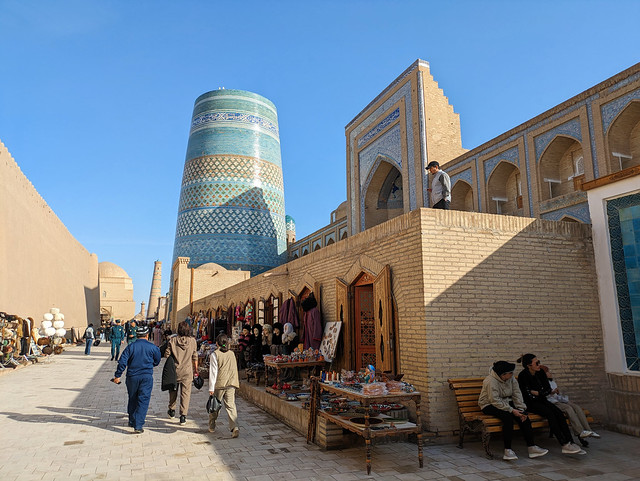The quote "A good traveler has no fixed plans, and is not intent on arriving" is supposed to be from Lao Tze. Question for our Chinese friends: What is the original Chinese text?

Sun-Ling and John have been traveling the earth since 2008 while blogging, eating vegetarian and vegan, and riding public transportation. We love uphill day hikes, 20th-century architecture, Roman ruins, all bodies of water, local markets, shopping for groceries, aqueducts, miradors, trip planning, blablacar, and more.



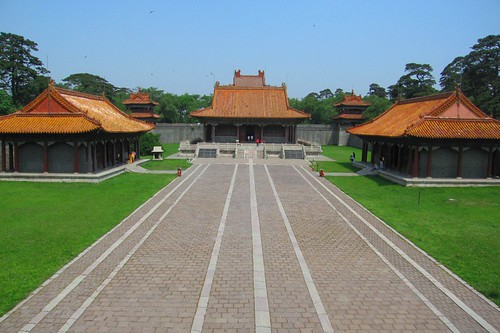

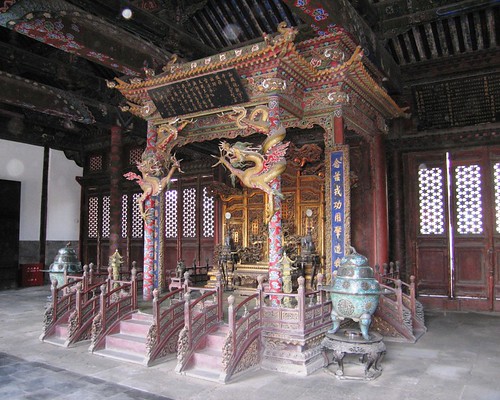
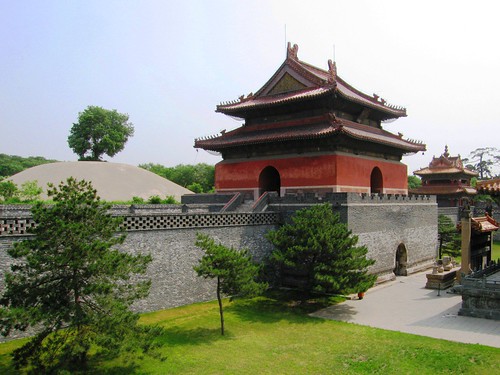
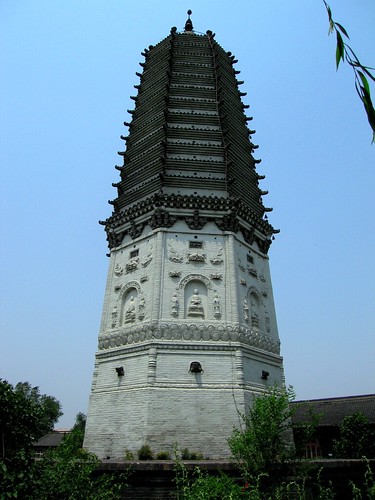

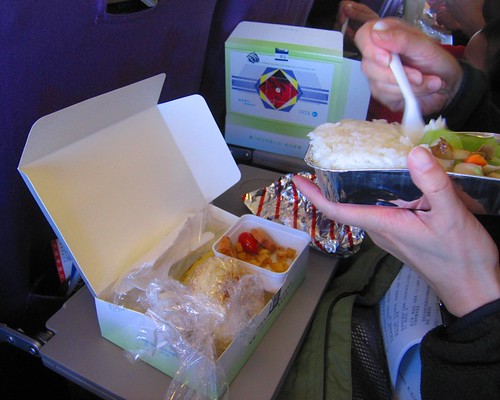
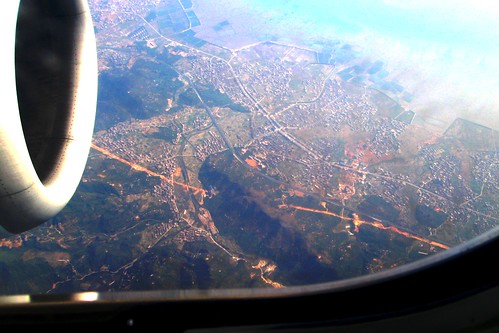
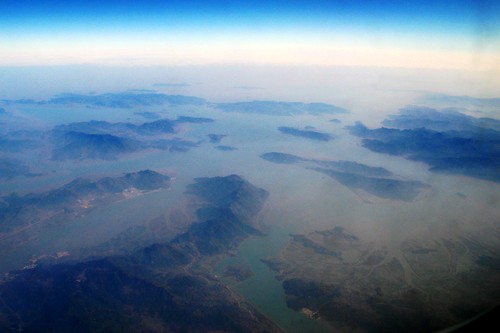
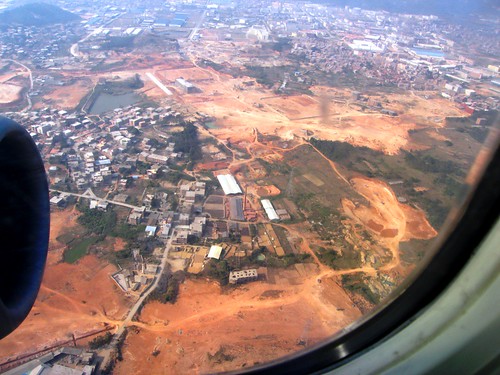
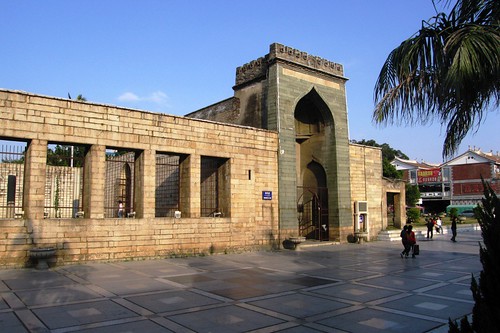
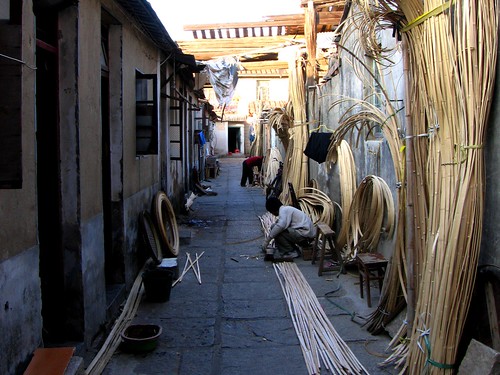
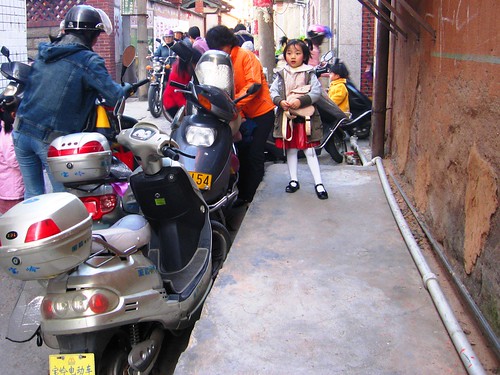
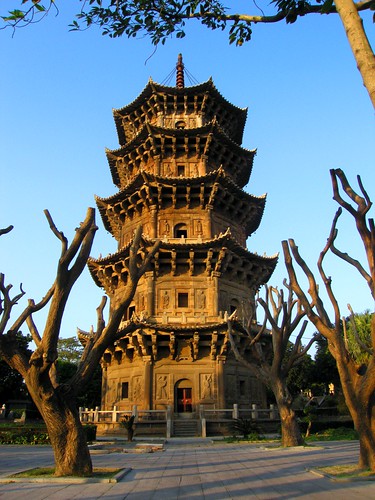
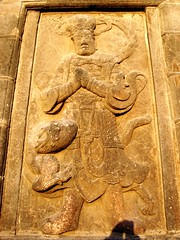
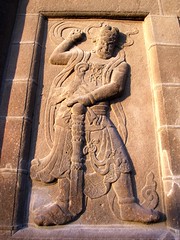
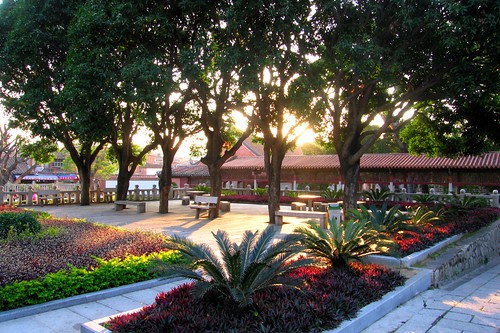


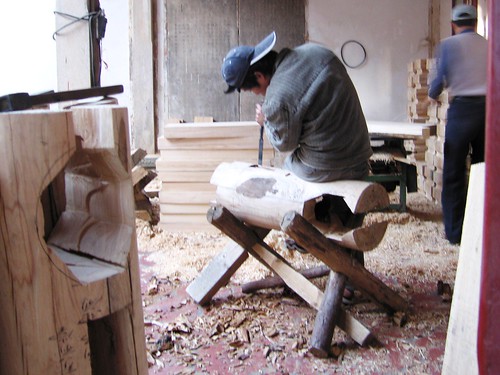

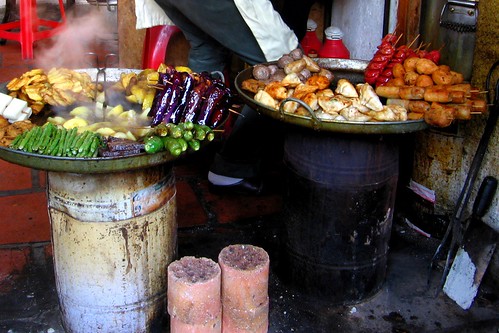
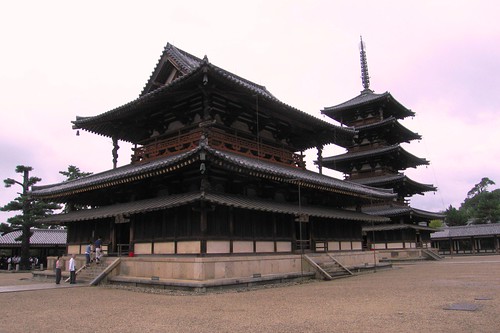
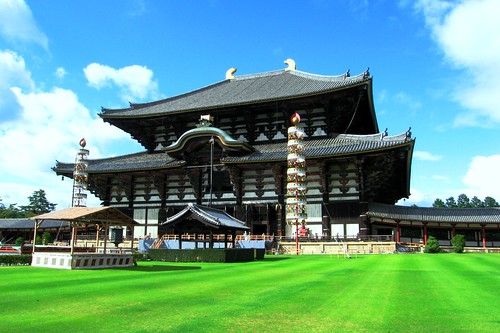

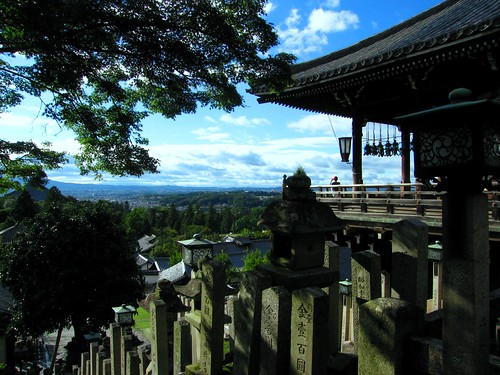
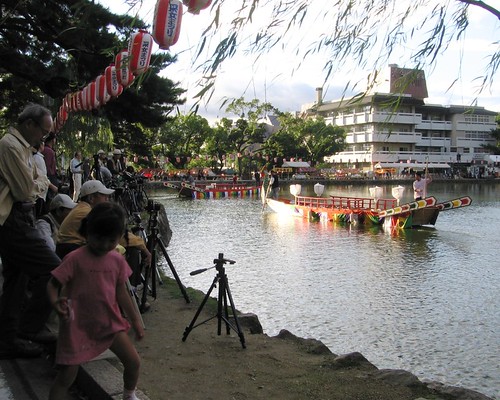
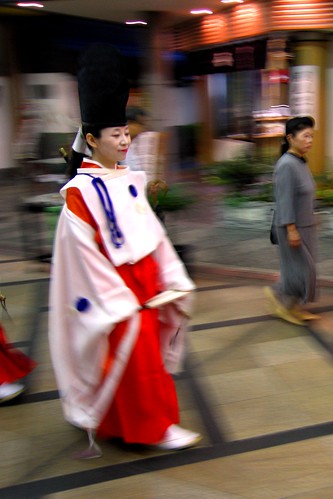
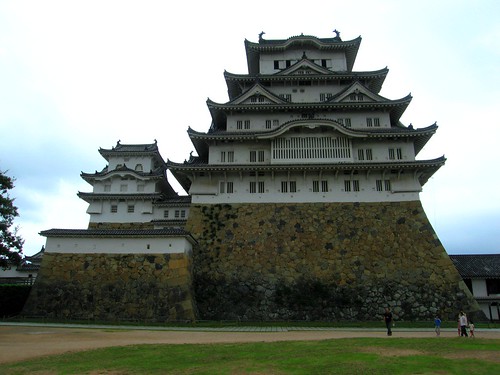

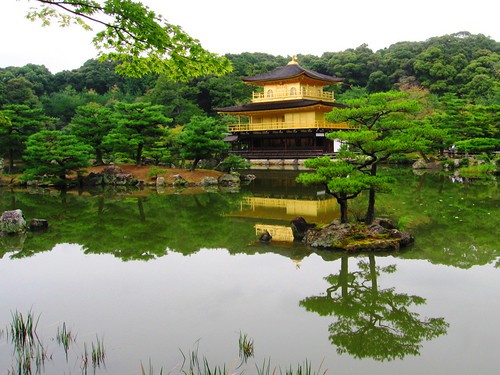
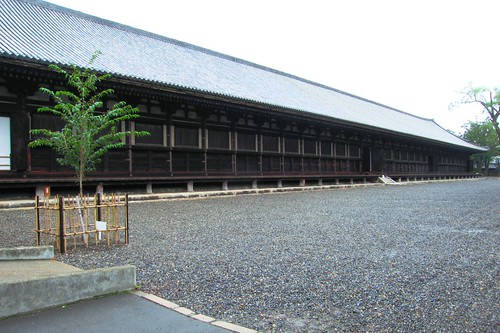

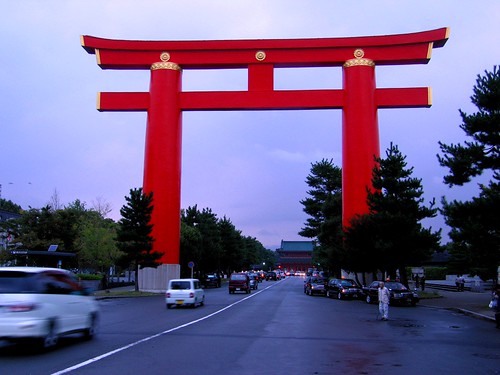

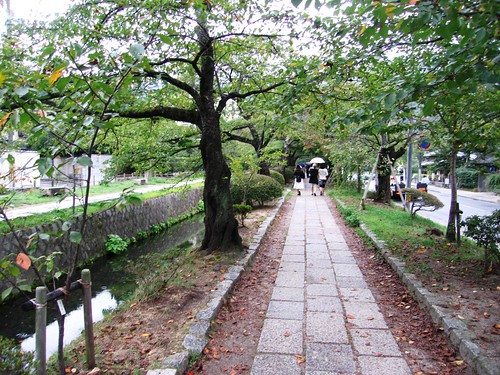
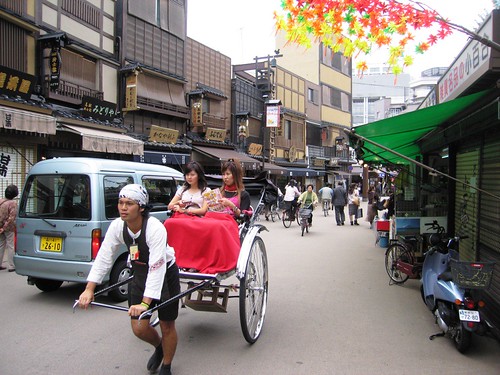
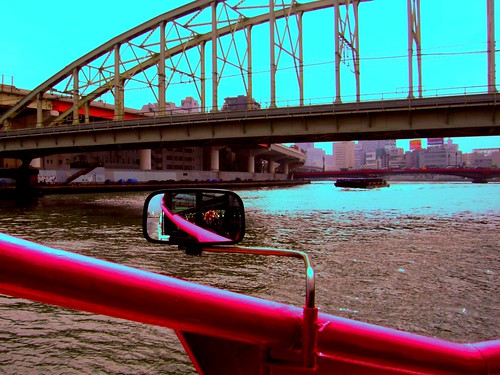
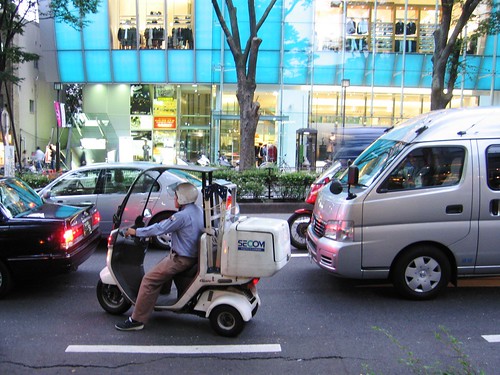

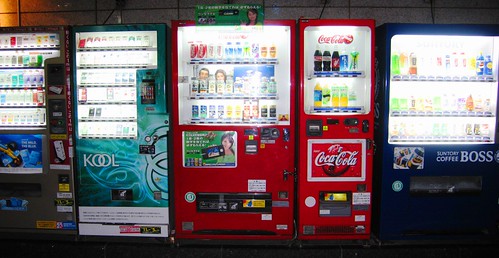
Plan: Morning sightseeing in Mt. Koya and then bullet train to Tokyo where we have a reservation at the Family Hotel Kamogawa in the Asakusa District.
The “maid” knocked on our door at 6:30 AM and returned 5 minutes later to take away the bedding. She came back 10 minutes later with breakfast: tea, miso soup, pickled fruit, seaweed strips, tofu paddy, rice, pickle root, savory seeds to shake on rice, and hunk of boiling tofu in paper pots like last night. I rate the breakfast as fair. A bit too slimy for me. ;-)
7:30: Put on our clothes and headed out to Kondo temple complex where the monks and assorted helpers were setting up for initiation ceremonies that took place over the course of Oct 1, 2, and 3. We sat and watched the last minute preparations: sweeping, banner hanging, and lamp hanging. Then they “closed the doors” -- peaceful -- and we walked back to the Inn. The sun briefly came out. Then into the hot spring bath for a short soak.
We checked out at 9:00 and paid our bill of 23600 Yen, about $200 US, cash only. They stored our bags for us as we had more sites to see. Took some photos of the fish ponds, rain garden, and rooftops. Caught a bus towards the cemetery and rode to the end. It started raining cats and dogs so we ducked into a UCC coffee shop and had a couple a coffees for $3 each.
The rain let up and we walked up though the cemetery towards the Kukai Mausoleum, passing the rocket memorial (see photo), many Jizo (statues with red bibs – see photos), the water spirit memorials, etc. While taking photos I almost stepped on a snake. Also we saw either a very small orange/red/black hummingbird or a big fly.
The rocket memorial.

Then, as we were about to cross the sacred bridge, about 50 monks paraded out of the Hall of Lanterns and came down the path towards us. “No photo” motioned the leader to me, so no shots. After passing they arranged themselves into a cube and chanted and bowed in the four directions in front of another pavilion. As it began to rain, they one-by-one grabbed black umbrellas from a nearby stash and sprinted away down the main path. I wish I had good video or photos as these monks looked splendid in their orange and yellow robes with the black umbrellas. I caught a bit of the cube chanting on this video.
We briefly looked in on the Hall of Lanterns and then walked around to its back where the tomb of Kukai is located. You can’t really get close to the tomb so there’s not much to see. It started raining so we sat for a while under the large overhanging eaves on a long, long bench facing the tomb. Over the course of the next 15 minutes or so we watched people walk up and stop to chant or bow or light candles or all three.
The rain let up and we headed back down and attempted to find a north tracking road so we could make a short hike up to the top of Mt. Tenjuki. Found the road and eventually ran into a well marked trail that took us up to the top of Mt Tenjuki at a height of 910 meters above sea level. The summit was gained in less than an hour and marked by a shrine. We descended down the opposite side, walked by a small pond, though the new cemetery, and caught a bus back to town. Tried to find an open convenience store to stock up on provisions, but no luck, so we head back to the Inn, collected our bags, and polished off the rest of our peanuts and tofu.
Rock garden (karesansui) at the Fukuchi-in, the temple where we stayed on Mt. Koya.
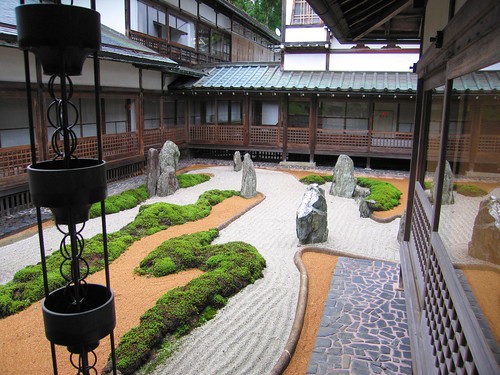
Next: Return journey to Shin Osaka station and then on the Tokyo: 1:06 bus, 1:30 funicular: 1:42 train to Shin Osaka
As we waited for the funicular I noted that the temperature was 20 C. Also noted that in addition to the cable under the funicular, there was an overhead electric line. Hmm. There was a group of shall we say “active but polite” school boys on the train. There first activity was to try to push open a glass window that would have to curve in order to open – no wonder they are having trouble. They are not as smart as they think they are. ;-)
Arrived at Shin Osaka at 3:22. Transferred to Subway – 270 yen each – and rode 7 stops and caught the Hakari train to Tokyo. Whew! In the Shin Osaka Station we bought some lunch: 1 slice of veggie pizza, 1 egg salad sandwiches, and two pastries - all for 1010 Yen, about 8 dollars.
Some notes on the trip from Shin Osaka to Tokyo:
- We are in Car #6. The configuration is 2 x 3.
- The station announcements are in both Japanese and English.
- Many tunnels. Can feel pressure change in ears.
- Its 6:20 PM and totally dark outside as it is raining.
- This train is fairly full.
- Sun-Ling is studying Tokyo: Our route to the hotel this evening and our itinerary for tomorrow.
- Sun-Ling commented that during peak hours, trains leave Osaka every 10 minutes for Tokyo. What can’t we do that in China. Have trains leave Shanghai for Beijing every 10 minutes during peak hours. [We later found out that in the evenings, the overnight trains from Shanghai to Beijing do leave every 15 minutes or so.]
The train arrived on time at Tokyo Station at 7:13 PM. We transferred (free with Rail pass) to the local JR Circle line and rode 4 stops. The stations were crowded as the rush hour was not yet over, but no worse than Shanghai We then bought 2 tickets at 160 each for Ginza line and rode 3 stops to Asakusa station – the terminal station. Then, a 3 minute walk to the Kamogawa Family Hotel.
Even though it was still raining, almost the entire walk to the hotel was under cover. They had our names and we were installed in room #205 which fronts the street just as we like. It’s a traditional Japanese room with 2 parts, a “sitting” room with low table, fridge, mirror, and cushions, and “sleeping” room with mats, quilts, and closet. It’s about 3 meters by 10 meters. Nice. With tatami mats all round..
Then out to find dinner. We looked for one “cook yourself’ place but it was closed. So we ended up at 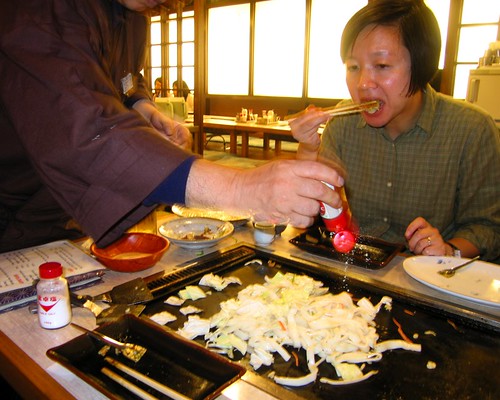
That's all!
To see all of the photos from Oct 02, click here.
Khiva is really the first stop on our upstream tour of the Silk Road. An important post on the Silk Road, Khiva was razed and rebuilt many t...
